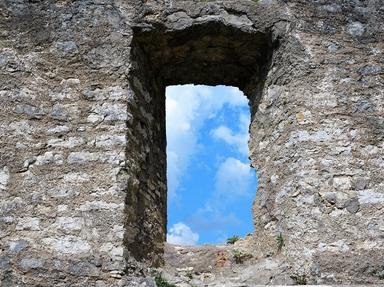Quiz Answer Key and Fun Facts
1. What is the main prey of the Iberian lynx?
2. This blue chaffinch is named after which Spanish island?
3. Unmistakably a hare, with which item of household equipment does this animal share part of its name?
4. This agile animal is the Iberian ibex, so it is which type of mammal?
5. This member of the Mustelidae family is smaller than its better known American relative. Which of these is it?
6. One of the corvid family, this bird has a common name starting with Iberian, but which bird is it?
7. One of the breeds of chamois resident in Spain takes part of its name from which of these mountain ranges?
8. Resembling a cat, the common genet is an introduced species to Spain. It is native to which continent?
9. The lammergeier is found in Africa and Asia as well as in Spain. Which of these is its common name?
10. The Iberian wolf is found mainly in which region of Spain?
Source: Author
rossian
This quiz was reviewed by FunTrivia editor
agony before going online.
Any errors found in FunTrivia content are routinely corrected through our feedback system.
